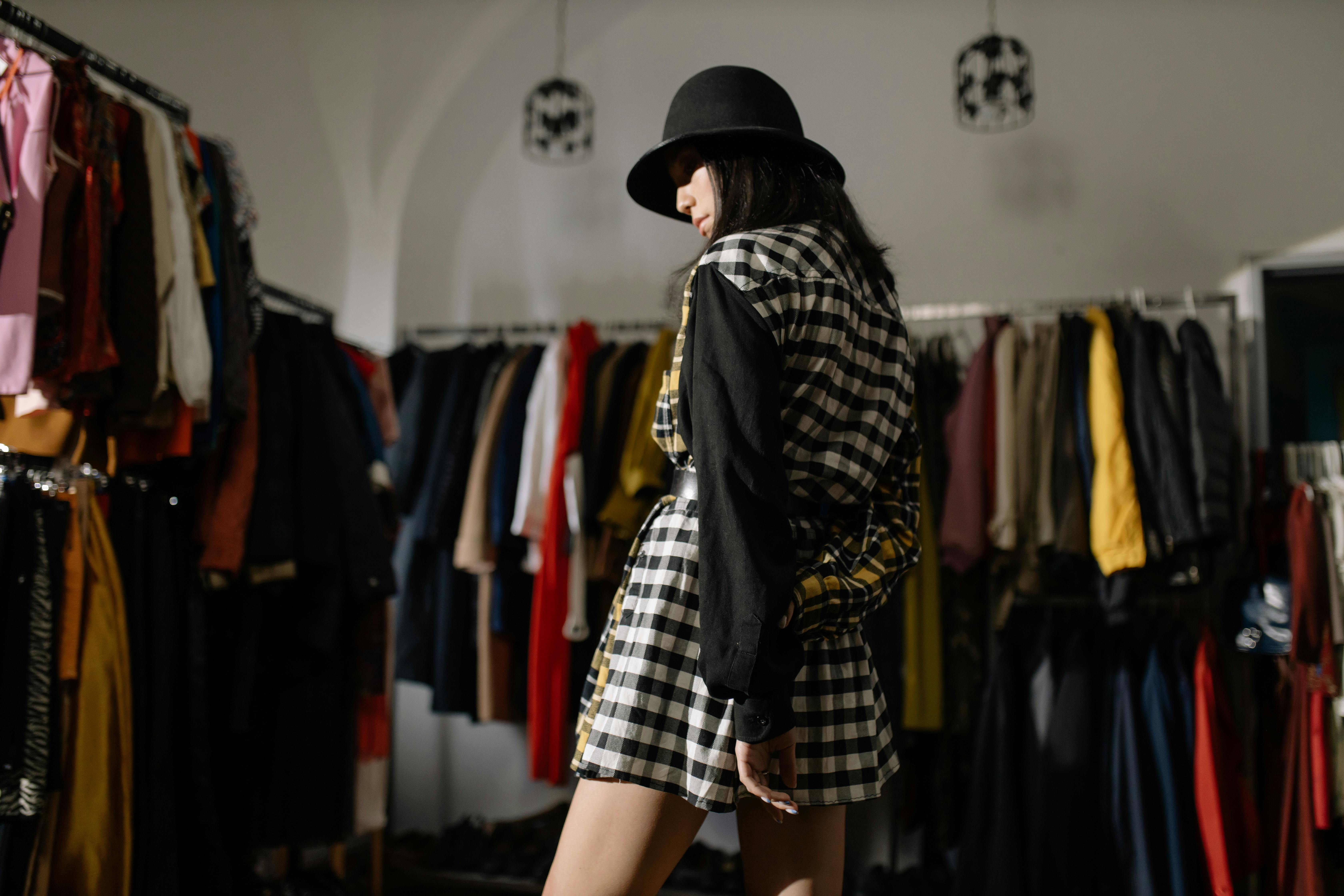How to tell the difference between males and females
As you look at the beauty of nature around you and begin to notice more and more of your feathered friends, you may be wondering, “How can I distinguish the male from the female of the different varieties of birds that look amazing Similar?” I was seeing a white-breasted nuthatch myself the other day and asked this very question. After a short search on the world web, I got my answer! When it comes to a white-breasted nuthatch, males exhibit a stronger rust or terracotta color on their flanks than females. Mystery solved!
But is there a general rule? Are there any guidelines that can help if you are trampling nature without having access to all of the world’s most pressing questions? Yeah right!
A general rule of thumb when it comes to distinguishing male and female birds is to remember that most males dress to impress. They are generally brighter and bolder in appearance to attract a suitable partner. Their brands are also often more distinct. Females are typically duller and much less conspicuous to help camouflage them when it comes time for nesting season. Doesn’t it make perfect sense? A simple example is the well-known cardinal. Males are bright red, while females are dull brownish in color.
A little less extreme in terms of the overall difference, but showing this concept even more, is the downy woodpecker. I recently saw a hairy female for the first time at my feeder. Smooth females lack the iconic red patch on the back of the head; males have it and females don’t. Other than that, they are very similar. Even the hairy woodpecker and its partner share the same color difference.
When it comes to the American robin, we still see the difference between the shiny male and the dull female. American robins have a much sharper and distinct coloration. Their heads are a deep black that helps accentuate the white ring around their eyes. Their chests are also a brighter red. Females are quite dull in comparison and blend in with their surroundings. Again, it is an effective camouflage and protection measure for the nesting season.
Unfortunately, not all varieties of birds make it easy for us to distinguish males from females based solely on appearance. Take the infamous blue jay, for example. Male and female jays are nearly identical in appearance, however the males are slightly larger. But, you may not see two jays next to each other long enough for this tip to help you! One thing to watch out for, especially during spring and summer, is watching their behavior. A male jay will offer food to his female. Also, during the nesting season, the jay that sits on the nest is always the female. Male jays are the hunter gatherers and will bring food to the female and her young.
I hope these tips help you more easily distinguish your garden visitors. Remember to keep in mind that a male bird is many times the showman and is doing what he can to attract a mate with his colorful plumage and markings or, in the case of the blue jay, with his offerings of food and service to his young. I encourage you to venture out and look for more examples in this wonderful world filled with nature that we call home!

Leave a Reply